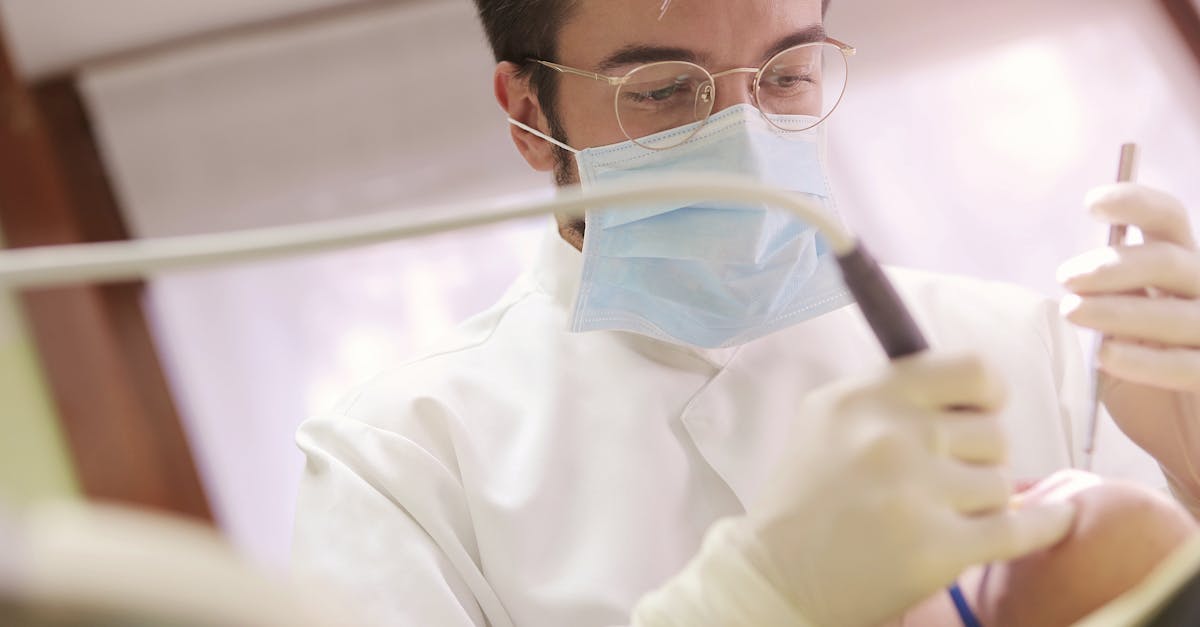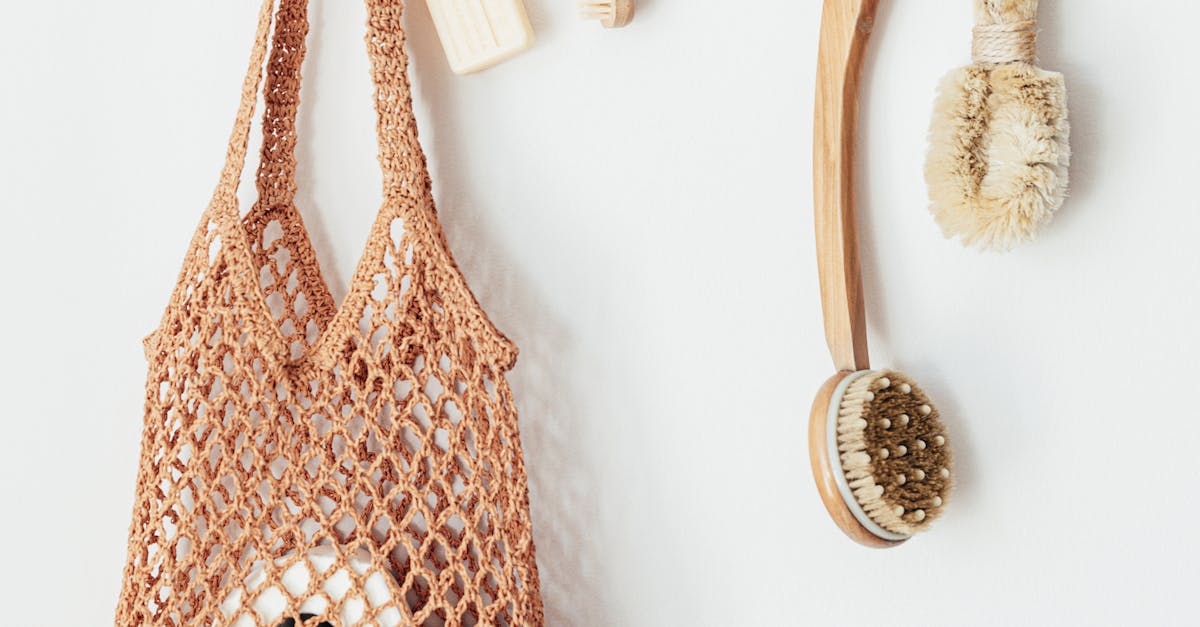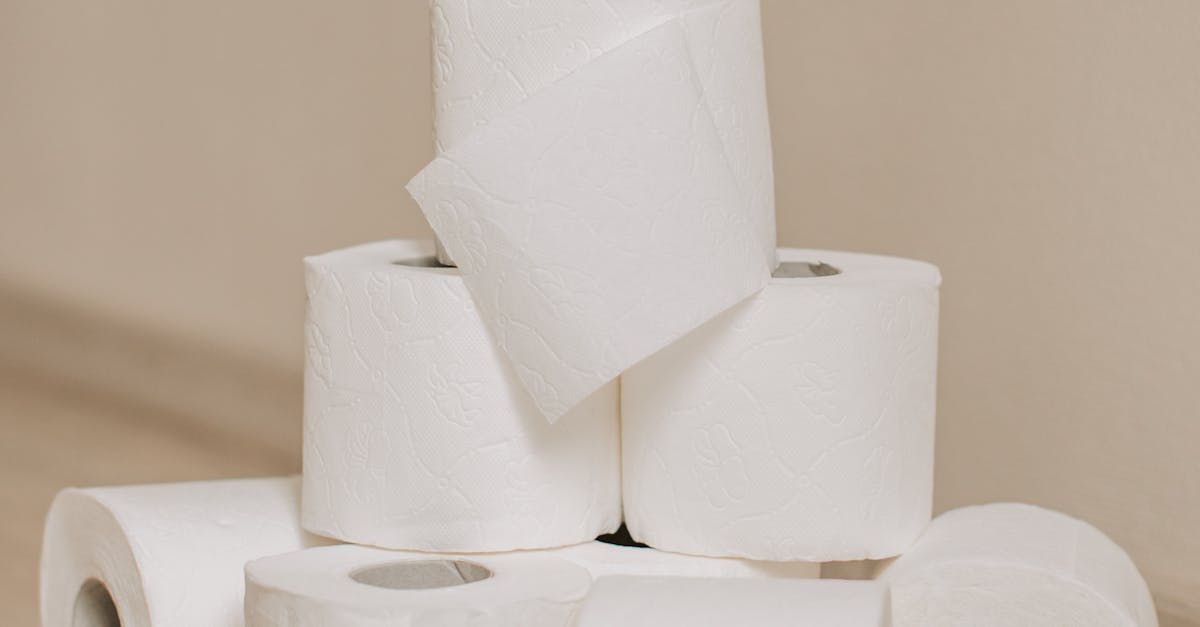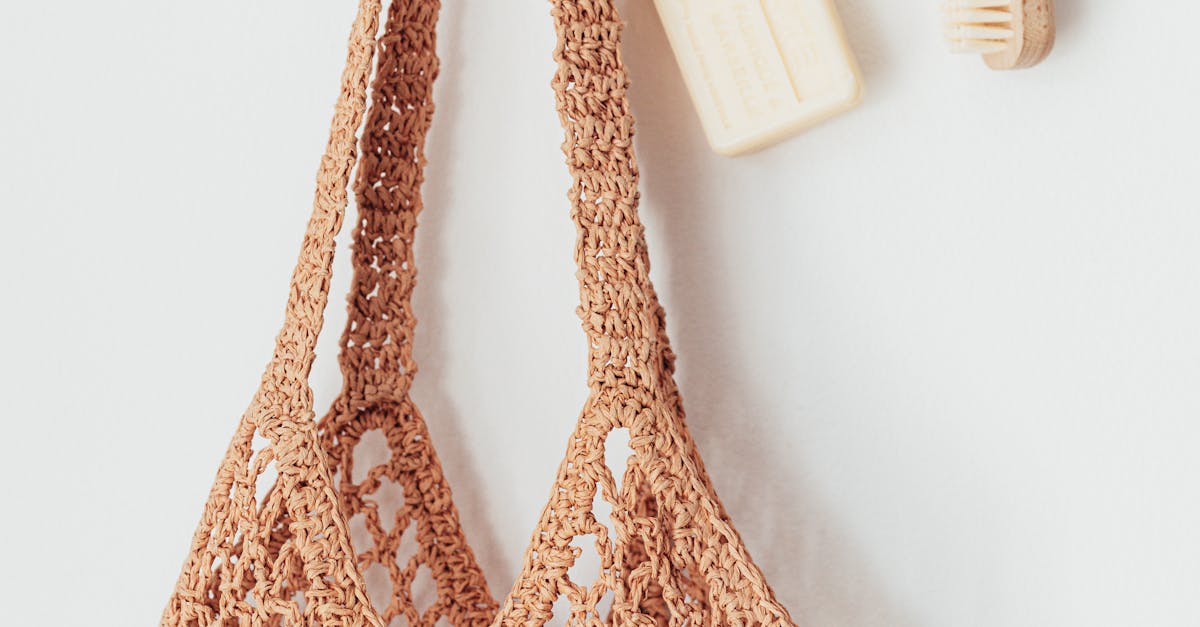
Amnion Membrane Grafts
Amnion membrane grafts have emerged as a promising alternative to traditional soft tissue grafting procedures in the field of dentistry. The utilization of amnion membrane offers numerous advantages, including its ability to promote tissue regeneration and reduce inflammation. Studies have shown that amnion membrane grafts can effectively improve clinical outcomes, making them a valuable option for practitioners looking to enhance soft tissue augmentation methods. Soft Tissue Grafting Perkins, Boise
The application of amnion membrane grafts in dental procedures has demonstrated significant effectiveness in promoting wound healing and accelerating the process of tissue repair. This versatile grafting material not only serves as a protective barrier but also aids in minimizing postoperative discomfort for patients undergoing soft tissue augmentation. With its ability to enhance tissue integration and support new blood vessel formation, amnion membrane grafts have shown great promise in improving the overall success rate of grafting procedures in dentistry. Soft Tissue Grafting Perkins, Boise
Application and Effectiveness
Amnion membrane grafts have shown promising results in the realm of soft tissue grafting. These grafts, derived from human placental tissue, exhibit anti-inflammatory properties and support the regeneration of damaged tissues in procedures such as Soft Tissue Grafting Perkins, Boise. Research has indicated that amnion membrane grafts possess the potential to enhance wound healing and reduce postoperative complications, making them a valuable alternative in soft tissue augmentation.
Barrier membranes play a crucial role in grafting procedures by providing a protective barrier against bacterial invasion and promoting tissue regeneration. They are commonly utilized in combination with other grafting materials to enhance the success of procedures like Soft Tissue Grafting Perkins, Boise. Depending on the specific requirements of the surgery, different types of barrier membranes can be selected to achieve optimal outcomes in soft tissue augmentation.
Barrier Membranes in Grafting Procedures
Barrier membranes are frequently utilized in the realm of grafting procedures. These membranes serve the crucial purpose of separating different tissue layers, preventing intermixing, and protecting the graft site from potential disturbances. In the context of soft tissue grafting, Perkins and Boise have highlighted the significance of barrier membranes in enhancing the success and efficiency of the procedure. By providing a physical barrier between the graft and surrounding tissues, these membranes aid in promoting proper healing and integration.
Various types of barrier membranes are employed in grafting procedures, each catering to specific needs and desired outcomes. Resorbable membranes, such as collagen-based membranes, gradually break down over time, eliminating the need for a secondary surgical procedure for removal. On the other hand, non-resorbable membranes offer long-term stability and barrier function. The choice of membrane depends on the nature of the grafting procedure, the patient's condition, and the expected duration of the barrier requirement. Soft tissue grafting procedures, as noted by Perkins and Boise, benefit significantly from the appropriate selection and application of barrier membranes.
Types and Uses
Types and Uses
When considering alternatives to traditional soft tissue grafting procedures, one option gaining popularity is the use of barrier membranes. These membranes act as protective barriers during the healing process, preventing soft tissue invasion into bone defects and promoting better tissue regeneration. The application of barrier membranes in grafting procedures has shown promising results in cases where traditional soft tissue grafts may not be feasible. Soft Tissue Grafting Perkins, Boise.
Another type of alternative to soft tissue grafts is the use of bone graft substitutes, particularly synthetic calcium phosphates. These substitutes offer a viable option for soft tissue augmentation due to their biocompatibility and ability to promote new bone formation. Synthetic calcium phosphates play a crucial role in enhancing bone regeneration and can be utilized in conjunction with other grafting materials to improve the overall success of soft tissue augmentation procedures. Soft Tissue Grafting Perkins, Boise.
Bone Graft Substitutes for Soft Tissue Augmentation
Bone graft substitutes have gained prominence as an alternative to traditional soft tissue grafting procedures in recent years. These substitutes offer a viable option for individuals seeking to improve soft tissue augmentation but are looking for less invasive techniques. In the field of dental and periodontal surgeries, bone graft substitutes have shown promising results, providing patients with effective outcomes without the need for extensive soft tissue grafting procedures. Soft Tissue Grafting Perkins, Boise.
One of the notable bone graft substitutes for soft tissue augmentation is synthetic calcium phosphates. These materials have demonstrated excellent biocompatibility and osteoconductive properties, making them a suitable option for promoting new bone formation in the context of soft tissue augmentation procedures. With advancements in material science and technology, synthetic calcium phosphates continue to evolve, offering improved solutions for enhancing soft tissue integrity and volume. Soft Tissue Grafting Perkins, Boise.
Synthetic Calcium Phosphates
Synthetic calcium phosphates have gained popularity as bone graft substitutes in soft tissue grafting procedures. These materials possess excellent biocompatibility and osteoconductive properties, making them suitable for promoting new bone formation and tissue regeneration. Given their ability to mimic the natural composition of bone mineral, synthetic calcium phosphates serve as a reliable alternative to traditional grafting materials in procedures aimed at enhancing soft tissue augmentation. In recent studies exploring their efficacy in regenerative dentistry, synthetic calcium phosphates have shown promising results, offering a viable option for clinicians seeking effective solutions in soft tissue grafting Perkins, Boise.
Furthermore, synthetic calcium phosphates exhibit favorable resorption rates within the body, allowing for gradual replacement with newly formed bone tissue. This characteristic contributes to the long-term success of soft tissue grafting procedures by facilitating the integration of the graft material with the surrounding tissues. As a result, patients undergoing soft tissue augmentation with synthetic calcium phosphates may experience improved outcomes and reduced complications post-operatively. The biocompatible nature of synthetic calcium phosphates also minimizes the risk of adverse reactions or rejection, promoting a favorable healing environment conducive to tissue regeneration.
FAQS
What are amnion membrane grafts?
Amnion membrane grafts are thin, transparent membranes derived from the innermost layer of the placenta. These grafts are often used as an alternative to traditional soft tissue grafts in various medical procedures.
How effective are amnion membrane grafts in soft tissue augmentation?
Amnion membrane grafts have shown promising results in promoting tissue regeneration and reducing inflammation during soft tissue augmentation procedures. Studies have indicated their potential for improving wound healing and minimizing scarring.
What are barrier membranes used for in grafting procedures?
Barrier membranes are materials that are placed over the graft site to protect it and promote tissue regeneration. They act as a barrier against soft tissue ingrowth and provide a stable environment for new tissue formation.
What are the different types of barrier membranes used in grafting procedures?
There are various types of barrier membranes used in grafting procedures, including resorbable membranes, non-resorbable membranes, and composite membranes. Each type has specific characteristics that make them suitable for different clinical situations.
How can bone graft substitutes be used for soft tissue augmentation?
Bone graft substitutes, such as synthetic calcium phosphates, can be utilized in soft tissue augmentation procedures to promote bone growth and enhance tissue support. These substitutes offer an alternative to traditional soft tissue grafts and can be tailored to specific patient needs.




